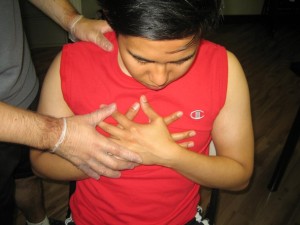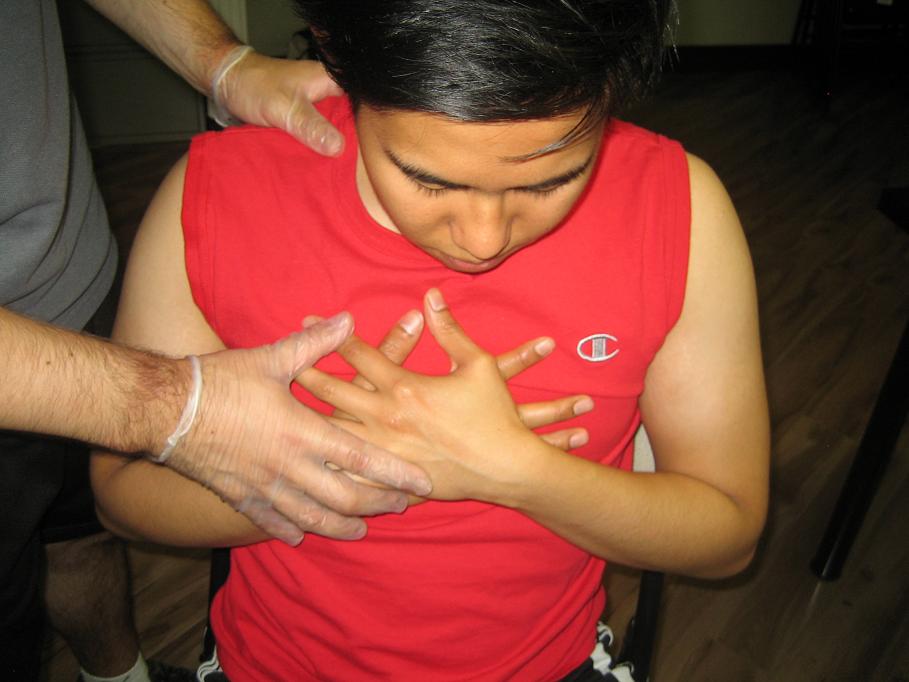Costochondritis is a condition that causes pain in the chest wall. It is characterized by chest pain but not always a serious condition. The discomfort is triggered by inflammation in the joints amidst the cartilages that link the ribs to the sternum. In most cases, there is no evident cause and settles over time.
What are the causes?
Costochondritis is usually idiopathic in which the cause is unknown. Oftentimes, the condition can occur after sustaining repeated minor chest injuries.
Who are at risk?
It is important to note that one individual might be at higher risk for costochondritis. The condition usually develops among young individuals especially teenagers and young adults but can also occur among children as well.

Individuals who engage in activities involving repetitive movements that strain on the chest wall are at risk especially if they are not used often. In some studies, women are likely to be affected than men.
Indications of costochondritis
- Chest pain usually at the front
- Pain is sharp and stabbing which can be severe
- Pain during movement, deep breathing or exertion
- If pressure is placed on the affected area, sharp pain is triggered.
- Pain is typically limited to a small region but can cover a wider range.
- The pain tends to intensify and diminish or even settle with positional changes and during shallow breathing.
In most cases, the pain is located close to the sternum at the level of the 4th-6th ribs.
Management
The commonly used treatment options for costochondritis include pain medications and anti-inflammatory medications.
An anti-inflammatory medication, specifically ibuprofen is considered effective for the condition. As a non-steroidal anti-inflammatory drug (NSAID), it should not be taken on an empty stomach.
In severe cases that do not respond to pain medications and anti-inflammatory drugs, steroid injections or local anesthetic medications are used.
Other measures that can be used include the application of heating pads or ice packs, stretching exercises, avoidance of activities that aggravate the pain, acupuncture and transcutaneous electrical nerve stimulation (TENS).

